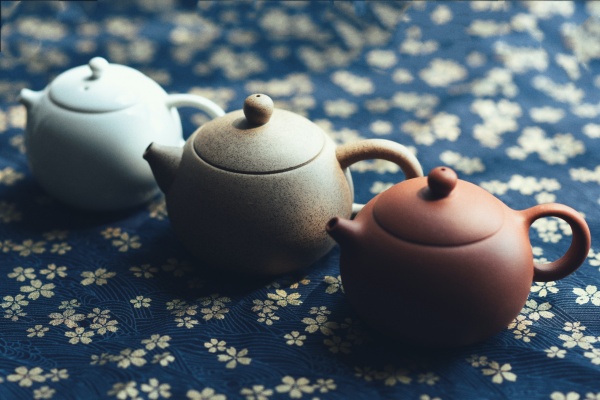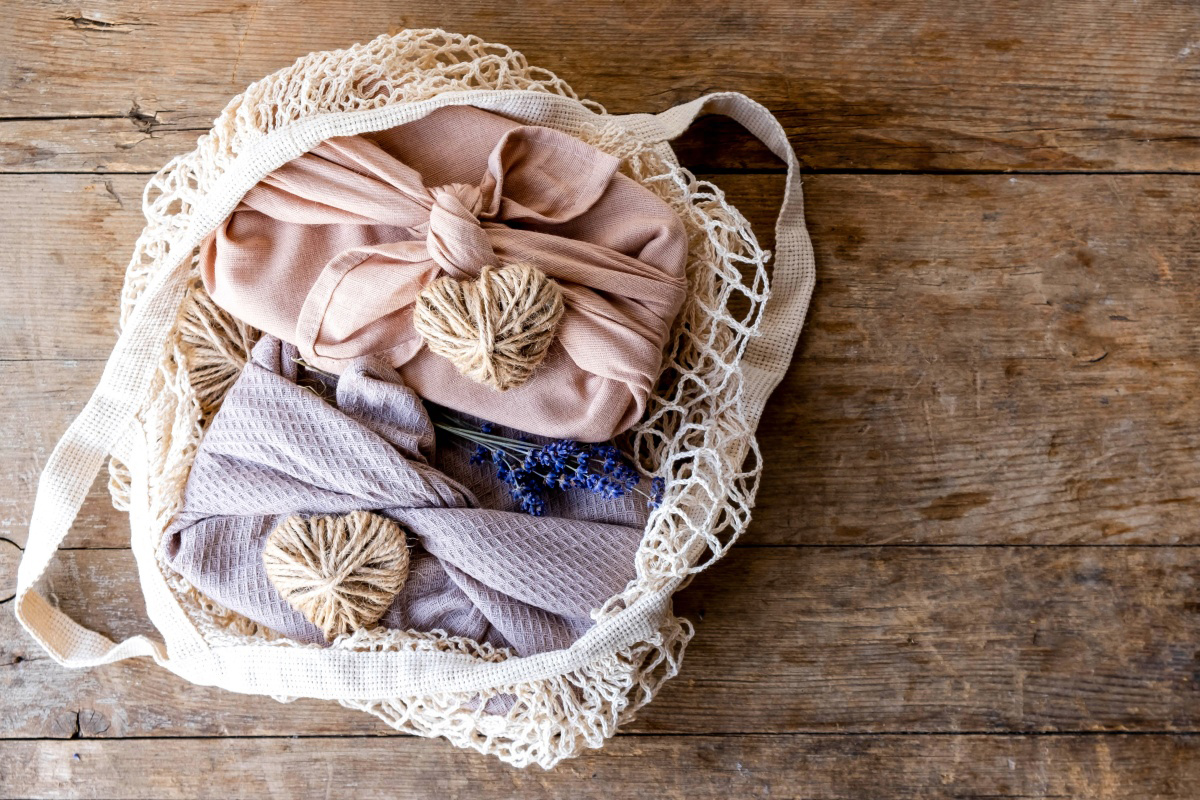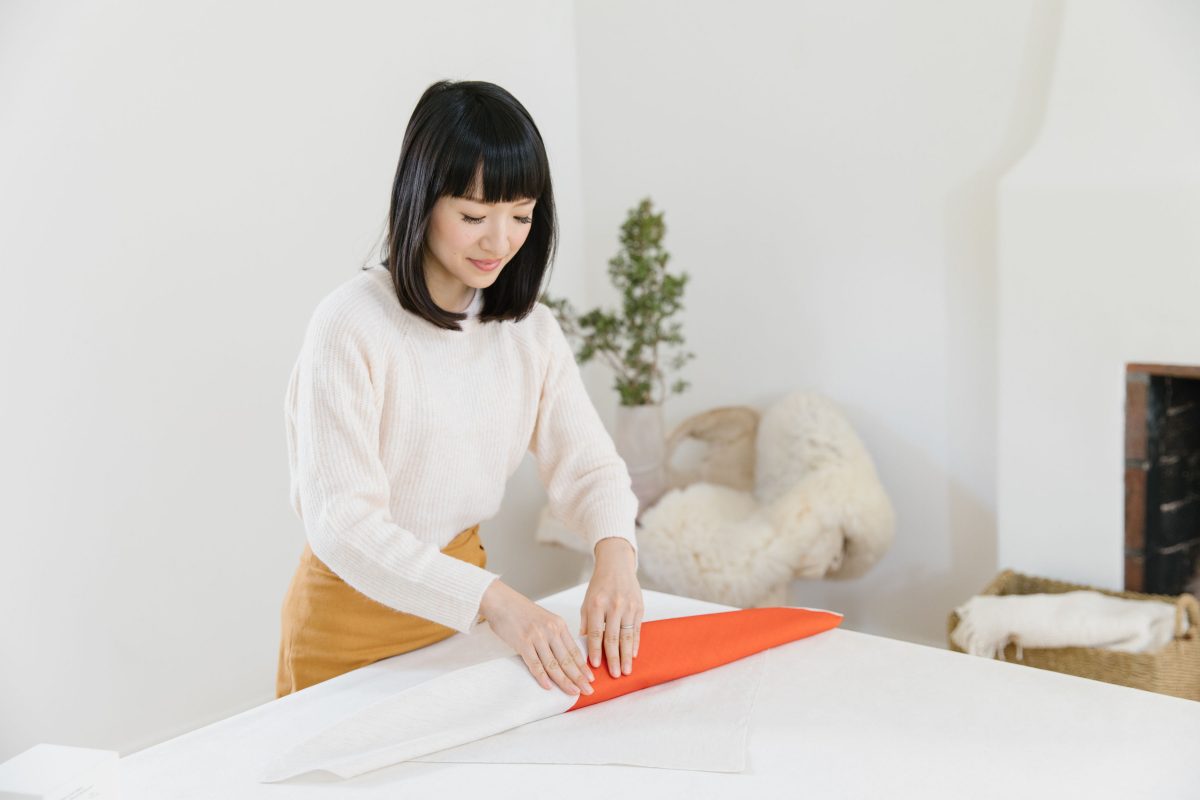One important tenet of the KonMari philosophy is the convention that simpler is sometimes better — a lesson often learned after making the choice to live among that which truly sparks joy. When it comes to your belongings, finding items — like fabric — that are multifaceted in their purpose can help keep things simple.
Tenugui
A piece of fabric achieves true multipurpose state as a tenugui. A tenugui is a thin, small rectangle of fabric. Compact and colorfully printed, these clever cloths are made from cotton with some raw edges, which give them fast-drying capabilities.
The traditional tenugui is carefully dyed with a technique called chusen, as displayed by these multipurpose cloths. A tenugui can be used in endless ways within the home and out in the world.
- Hand and dish towel
- A tenugui can brighten up a bathroom or kitchen as a hand or dish towel. Absorbent, reusable, and more beautiful than paper towels, these versatile cloths are perfect for drying your hands or wiping up a coffee spill.
- Handkerchief
- Perspiring from a hot day or dabbing a runny nose? Tenugui to the rescue — it works well as a sustainable handkerchief and is small enough to tuck into a pocket or a bag for quick access wherever you go.
- Gift
- An endlessly usable object makes for a great and always-appreciated gift. A fun pattern that speaks to the receiver’s personality or that serves as a souvenir from your travels can bring joy to anyone.
- Dusting & Cleaning
- For carefully sweeping dust off of porcelain or vigorously scrubbing stains, tenugui have the range.
Furoshiki
Traditional Japanese wrapping cloths called furoshiki have come back into style as sustainable wrapping paper. Furoshiki are often more intricately designed than tenugui since they serve a more decorative purpose.
The convention for furoshiki is hemmed, square-shaped, and made of silk or cotton, but these elements aren’t necessary to use fabric to wrap gifts, bottles, or food. They come in a variety of handsome patterns, like these red and blue ones.
- Wrapping Paper
- Furoshiki are excellent for sustainable wrapping paper, and serve as a cherry on top of a gift to a loved one. The bright fabric enhances the gift experience. Marie shares how to wrap gifts with furoshiki in a tutorial here.
- Serving tray lining or picnic cloth
- Elevate your breakfast-in-bed, tea time, or picnic dining spread with a beautiful furoshiki. A pleasing presentation makes the experience of dining even better.
- Place Mat
- Level up your dining table with colorful place mats (and table protectors!) underneath the plate settings.
- Handbag
- Folded and tied with a knot at the top, a sturdy piece of furoshiki can serve as a sweet tote for everyday items.

Other
- Hachimaki or Headband
- The hachimaki is a Japanese headband. There are typically specific designs associated with hachimaki, but a tenugui or furoshiki can serve just as well! Tie the fabric to use it as a headband or bandana that holds back hair and sweat from the face.
- Decorative Wall Hanging
- Sometimes a fabric’s use is aesthetic elevation. A beautiful cloth can be hung like a tapestry or piece of art to decorate a wall that needs brightening up.










